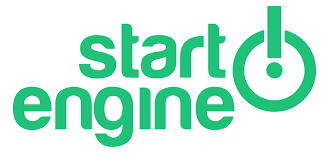This Summer. DC EV Home Charging
This Summer. DC EV Home Charging
This summer, the home EV charging and battery power systems will change forever. DC-DC EV Home charging is here.
YouSolar will integrate one of the first DC-DC EV home chargers into a PowerBloc. The charger made by Enteligent will deliver 12.5 kW to the vehicle’s DC inputs.
DC-DC charging eliminates the need for an inverter. It avoids the unnecessary DC/AC/AC/DC (This is not a typo!) conversion losses of traditional AC Level 2 charges.
Unlike traditional AC Level 2 chargers, the DC-DC charger eliminates the need for an inverter, saving the cost of a 12.5 kW inverter that runs about USD 2,000 (before installation). Plus, by eliminating unnecessary energy conversions, our customers will get the most out of their solar or battery power by eliminating up to 20% of conversion losses.

An AC Level 2 EV charger at one of our customers uses 10 kW of the PowerBloc’s 16 kW inverter power. The new DC-DC EV charger will free up 10 kW of inverter capacity and reduce conversion losses by up to 20%.
This summer, we plan to install this new DC-DC car charger for one of our customers who is currently using 10 kW of her PowerBloc’s 16 kW of AC power to power a 10 kW AC Level 2 charger.
The DC-DC charger is an easy retrofit. The 380 V Energy Bus of our customer’s PowerBloc has about 30 kW of DC power from solar, grid, and battery–plenty of power for the 10 kW DC-DC charger and the inverter’s full 16 kW capacity.
Enteligent and others are working on bidirectional DC-DC chargers. We are ready for “Vehicle-to-home.” The PowerBloc’s unique all-DC 380 V energy architecture makes bi-directional EV charging easy. It is how all modules in the PowerBloc work.
